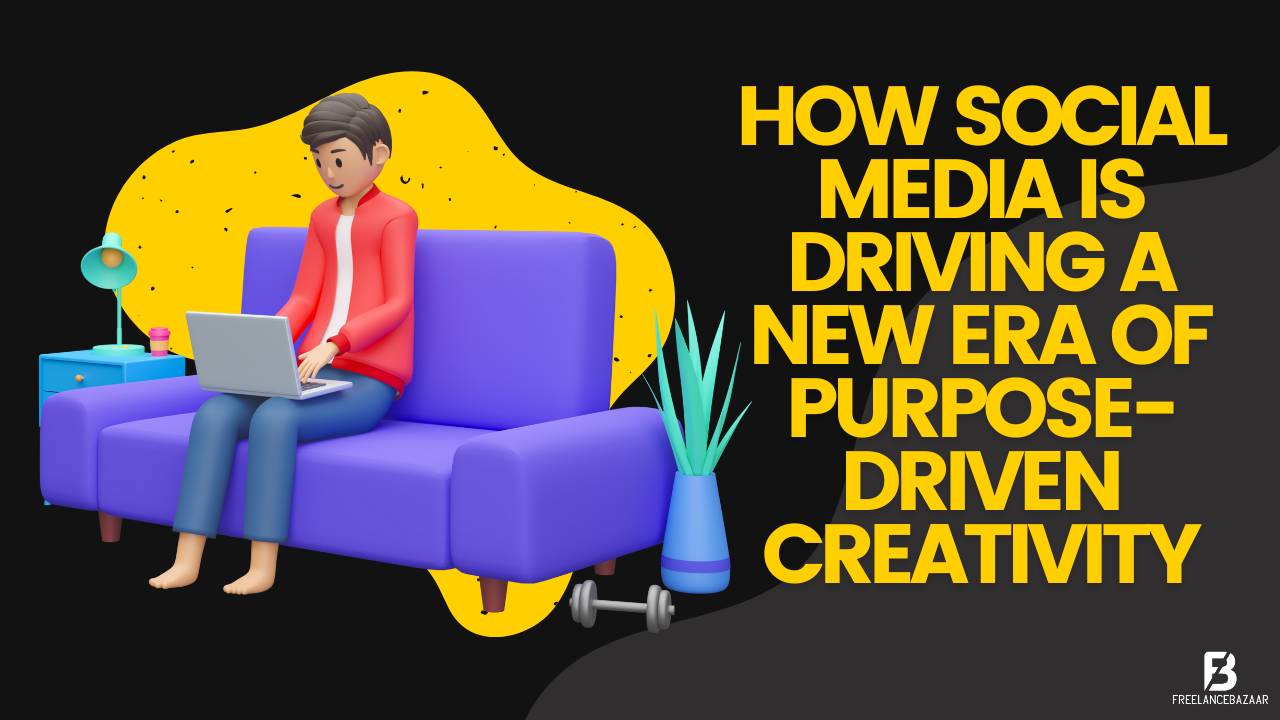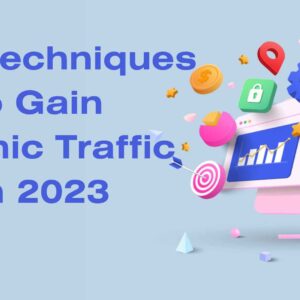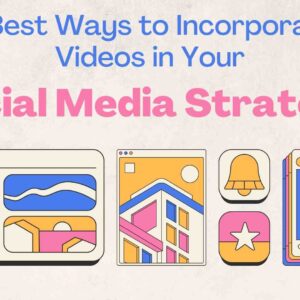Social media has become an integral part of our lives, and it has enabled us to connect with people from all over the world. It has also changed the way we create content, allowing for a new era of purpose-driven creativity.
Content creators now have the ability to reach out to wider audiences and engage with them on a deeper level. This means that content is no longer just about entertainment; it can also be used to spread awareness and drive change. Social media allows for more meaningful conversations between creators and their audiences, enabling them to create content that resonates with their audience’s values and beliefs.
It is clear that social media is driving a new era of purpose-driven creativity, allowing content creators to make an impact in meaningful ways. Social media has provided a platform for purpose-driven creativity to thrive and create a meaningful impact in the world. It has enabled creatives to amplify their voices, collaborate, hold brands accountable, inspire innovation, and build meaningful relationships with their audience.
What is the Impact of Social Media On Graphic Design Trends?
Social media has become a major influence on graphic design trends. Every day, millions of people are exposed to visuals on Instagram, Facebook, and other platforms. As a result, these images have the power to shape the design trends that will be popular in the near future.
Graphic designers need to stay up-to-date with the latest social media trends if they want to create designs that will stand out from the crowd. They must also be able to identify which visuals will resonate with their target audience and create designs that capture their attention. Understanding how social media influences graphic design trends is essential for any designer who wants to stay ahead of the curve.
Social media has had a significant impact on graphic design trends. Here are some ways in which social media has impacted graphic design trends:
Increased Exposure: Social media has increased the exposure of graphic design trends to a global audience. Social media platforms such as Instagram, Pinterest, and Behance have made it easier for designers to showcase their work and gain recognition for their designs.
Rapid Dissemination: Social media has accelerated the dissemination of graphic design trends. A design trend that may have taken months or years to catch on in the past can now become viral in a matter of days.
The Emergence of New Design Trends: Social media has given rise to new graphic design trends. For example, the popularity of Instagram has led to the emergence of a minimalist design trend characterized by clean lines, simple shapes, and muted colors.
Greater Emphasis on Visual Appeal: Social media platforms have created a culture of "visual first" where content that is visually appealing is more likely to be shared and engaged with by users. This has put greater emphasis on graphic design as an essential component of social media marketing.
Collaboration and Cross-Pollination: Social media has facilitated collaboration and cross-pollination among designers, leading to the emergence of new design trends and techniques. Designers can now easily connect and share their work with other designers from around the world, leading to new ideas and innovations.
Overall, social media has had a profound impact on graphic design trends, leading to the emergence of new design styles, greater emphasis on visual appeal, and rapid dissemination of trends. It has created new opportunities for designers to showcase their work and collaborate with others, ultimately leading to a more vibrant and dynamic design community.
How Social Media Has Changed Graphic Design
Social media has revolutionized the way we view and interact with graphic design. With the emergence of platforms like Instagram, Facebook, and Twitter, graphic design has become a powerful tool for connecting people, businesses, and brands. Graphic designers now have access to a global audience that can be reached with just a few clicks. This has opened up new opportunities for creativity and innovation in the field of graphic design.
Social media has also changed the way designers create content. Designers can now use social media platforms to showcase their work and engage with their audience in ways that weren’t possible before. They can also use these platforms to collaborate with other designers or get feedback from potential clients on their work. This has allowed them to create more dynamic designs that are tailored to specific audiences and trends.
Popular Social Media Platforms for Graphic Designers
There are several social media platforms that are popular among graphic designers. Here are some of the most popular ones:
Instagram: Instagram is a visual-centric social media platform that is popular among graphic designers. It is a great platform for showcasing design work, building a following, and connecting with other designers and potential clients.
Behance: Behance is a social media platform designed specifically for creatives, including graphic designers. It allows designers to showcase their work, connect with other creatives, and potentially gain exposure to clients and job opportunities.
Dribbble: Dribbble is another social media platform designed for creatives, including graphic designers. It allows designers to showcase their work, connect with other creatives, and potentially gain exposure to clients and job opportunities.
Pinterest: Pinterest is a visual discovery and bookmarking platform that is popular among graphic designers. It allows designers to curate and share inspiration, showcase their work, and potentially gain exposure to clients and job opportunities.
LinkedIn: LinkedIn is a professional networking platform that is popular among graphic designers. It allows designers to connect with other professionals in their field, potentially gain exposure to job opportunities, and showcase their work to potential clients.
Overall, social media platforms provide graphic designers with a range of opportunities to showcase their work, connect with other professionals in their field, and potentially gain exposure to clients and job opportunities. The specific platforms used may vary depending on the designer's preferences and goals.
Building a Professional Portfolio on Social Media
Building a professional portfolio on social media can be a great way for graphic designers to showcase their work, build their brand, and potentially gain exposure to clients and job opportunities. Here are some tips for building a professional portfolio on social media:
- Choose the Right Platforms: Choose social media platforms that are popular among your target audience and align with your brand. Instagram, Behance, Dribbble, and Pinterest are all popular platforms for graphic designers.
- Curate Your Content: Select your best work and curate it into a cohesive portfolio that showcases your strengths as a designer. Consider including a mix of finished projects, work in progress, and experimental pieces.
- Create Consistent Visuals: Use a consistent visual style across your portfolio to create a cohesive look and feel. This can include consistent use of color, typography, and imagery.
- Optimize Your Profile: Optimize your profile for search by using relevant keywords and including a clear and concise bio. Make sure your contact information is easily accessible to potential clients.
- Engage with Your Audience: Engage with your audience by responding to comments, participating in online communities, and sharing relevant content. Connect with people who are already interested in what you have to say. Write up a steady stream of valuable content, and promote it to your target audience.
- Update Regularly: Keep your portfolio up to date by adding new work and removing outdated pieces. Maintaining a professional portfolio helps you stay on top of mind with potential clients, showcase your latest skills and abilities, and develop new opportunities.
Overall, building a professional portfolio on social media requires careful curation, consistent visuals, and regular updates. By leveraging the power of social media, graphic designers can showcase their work to a global audience and potentially gain exposure to clients and job opportunities.
Creating Engaging Content in the Digital Age
In the digital age, creating engaging content is essential for businesses to reach their target audience. Social media is a vital part of marketing for any business, an article with high engagement signals to the Search Engines that your website is trustworthy, which in turn boosts your rankings.
A key factor in creating engaging content is understanding what your audience wants and needs. By using data-driven insights and AI-powered tools, businesses can gain a better understanding of their target audience and create content that will resonate with them. Furthermore, AI writing assistants can help copywriters generate relevant ideas quickly and efficiently, allowing them to focus on crafting compelling stories and visuals.
The Benefits and Challenges of Using Social Media for Graphic Design
There are several benefits and challenges to using social media for graphic design. Here are some of the key benefits and challenges:
Benefits:
- Increased Exposure: Social media platforms provide graphic designers with a way to showcase their work to a global audience. This can help them gain exposure to potential clients and job opportunities.
- Networking Opportunities: Social media platforms provide graphic designers with an opportunity to connect with other professionals in their field, potentially leading to new collaborations and job opportunities.
- Feedback and Critique: Social media platforms allow graphic designers to share their work and receive feedback and critique from other professionals and their target audience. This can help them improve their skills and develop their design style.
- Inspiration and Creative Ideas: Social media platforms provide graphic designers with a wealth of inspiration and creative ideas. By following other designers and relevant accounts, graphic designers can stay up to date on the latest trends and techniques.
Challenges:
- Over-saturation: Social media platforms are saturated with content, making it difficult for graphic designers to stand out from the crowd. This can make it challenging for graphic designers to gain exposure and attract new clients.
- Time Management: Social media platforms can be time-consuming, requiring graphic designers to constantly curate content, engage with their audience, and stay up to date on the latest trends. This can take away valuable design time.
- Negative Feedback: While feedback and critique can be helpful, social media platforms can also attract negative comments and criticism. Graphic designers need to be prepared to handle negative feedback and criticism in a constructive way.
- Intellectual Property Issues: Social media platforms can make it difficult to protect intellectual property, with designs potentially being copied or used without permission.
Overall, social media can provide graphic designers with valuable opportunities for exposure, networking, feedback, and inspiration, but it also comes with its own set of challenges. It's important for graphic designers to carefully consider the benefits and challenges of using social media and develop a strategy that works for their individual needs and goals.
Conclusion
In conclusion, social media is driving a new era of purpose-driven creativity. Graphic designers are using social media to showcase their work, connect with other professionals, gain exposure to clients and job opportunities, and inspire and be inspired by others. Social media platforms provide a unique opportunity for graphic designers to create purpose-driven content that aligns with their personal and professional values, and to use their skills and creativity to make a positive impact on society. While social media comes with its own set of challenges, the benefits far outweigh the drawbacks for graphic designers who are looking to build their brand, expand their network, and create meaningful and engaging content in the digital age. By leveraging the power of social media, graphic designers can drive a new era of purpose-driven creativity that inspires and empowers others.





